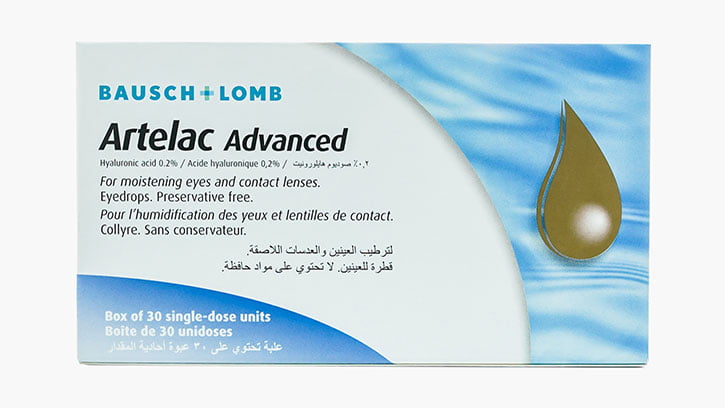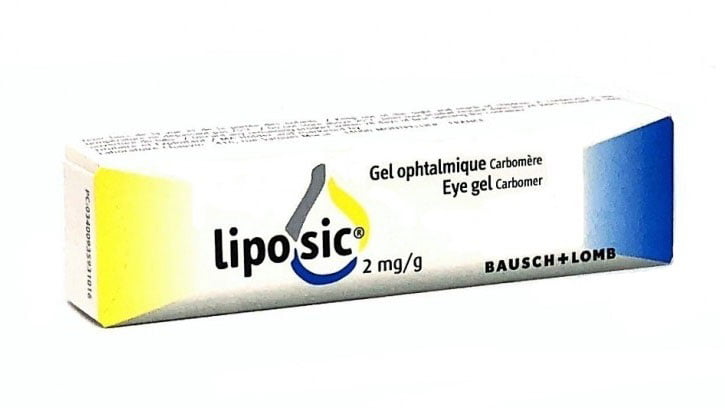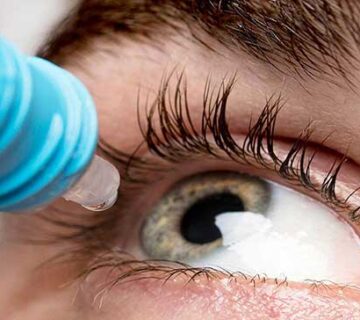Artificial tear drops are one of the tools used to lubricate the movement of an ocular prosthesis (artificial eye) and prevent it from drying out. Sometimes, due to weather conditions and the presence of dust and wind in the air, the moisture on the front surface of the artificial eye is lost. This causes the prosthesis to dry out and may interfere with its movement. To prevent such issues, the regular use of artificial tear drops is recommended. It should also be noted that the development of allergies and bodily changes can also lead to dryness of the eye prosthesis.

Artificial Tear Drops
One type of drop used to treat dry eye and prevent interference with its movement is artificial tear drops. These drops are available in various forms on the market, and based on the opinion of the relevant physician, one type is prescribed for the patient. It is important to note that this medication should not be used arbitrarily, as it may cause problems in the eye area.

One of the best options used for this purpose is single-dose Artelac Advanced artificial tears. Additionally, Liposic gel is another product that can be used as a lubricant for the eye surface. Consistent use of these medications is very effective in lubricating the movement of the artificial eye.

Precautions for Using an Ocular Prosthesis
Generally, all recreational activities that can be done with a healthy eye can also be done with an artificial eye. The ocular prosthesis is well protected and held in place by the eye socket, minimizing the risk of damage during recreational and sports activities.
- Scuba Diving: If a person wishes to scuba dive, it is recommended not to use the artificial eye to avoid potential pressure and damage.
- Swimming: It is preferable to use swimming goggles when swimming. This is because the chlorine in the water may irritate the socket tissue, causing discomfort.




No comment